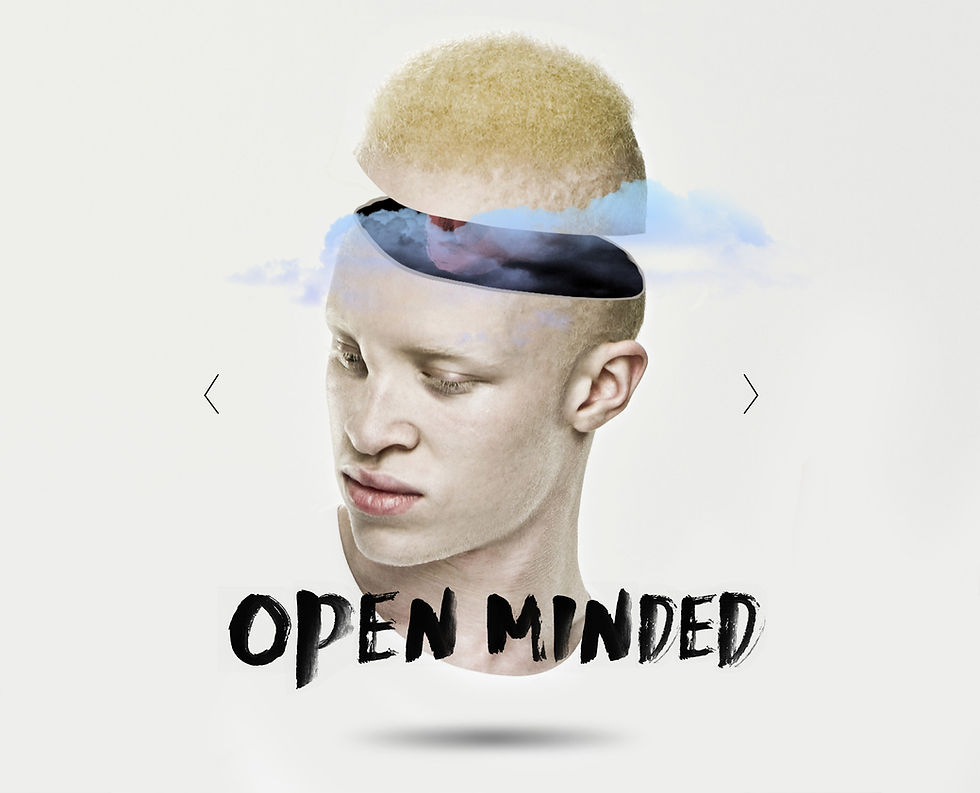Shining Windows
Add a Title
Add paragraph text. Click “Edit Text” to update the font, size and more. To change and reuse text themes, go to Site Styles.
Service Type
Benefits
Areas We Cover
Useful Pages
Company Info
IBESS Accreditation
Authority Blueprint
Publishing Principles
Environmental Commitment
Careers & Local Operator Program
Legacy Binder
Safety Culture
Engineered Clarity
Staff Vetting
Community Impact
IBESS Academy
Sitemap & Geo Corridors
Sitemap & Geo Corridors
Property Value Boost
Damage Prevention
Eco-Friendly Methods
Asset Protection
Seasonal Packages
Safety First
Long-Term Resilience
Data-Driven Scheduling
Roof Ecology
Solar Care
Seasonal Packages
Patio Revival
Driveway Restore
Data-Driven Scheduling
Conservatory Valet
Local Operators
Trade Connections
Northampton
Milton Keynes
Bedford
Wellingborough
Towcester
Newport Pagnell
Kettering
Corby
Service Map
Geo Corridors
Postcode Logic
Local Operators
Coverage Zones
Area Served
Three Counties
Regional Connections
UK Weather Experts
This is the operational home of the Architect. This page serves as the living blueprint for the Foundational Ethos Framework and the strategic deployment of my work.
I am not just building a business; we are engineering a legacy. This is the single source of truth for the "Shining Windows" authority build, documenting our journey from deep research to digital sovereignty.
Agenda
Jun
01
Title
Sub Title
This is an Historic Event Title
Jun
02
Tue
10:30
This is a Challenge Event Title
Jun
03
Tue
10:30
This is an Modern Event Title
Jun
04
Tue
10:30
This is an Relevant Event Title

Contact The Achitect
At Shining Windows, we believe architecture is a conversation between a space and its environment. Our 'open-minded' approach means we listen—to our clients, to the landscape, and to the innovative materials shaping our world. We create structures that are not just built, but are thoughtfully integrated into the human experience.
Be Right Back...

Next
25 Our Process
We guide you from initial concept and site analysis to final blueprint. Our process is collaborative, transparent, and built on discovery.
Soon
Our Services
Explore our full range of services, including sustainable residential design, commercial space planning, and public-use structure consultation.
After
Our Portfolio
See the finished product. Browse our gallery of completed projects and see how our open-minded philosophy becomes tangible reality.

Service The Practical "How-To" Start Building Your First Map
Tools of the Trade: A brief overview of the tools available. This would compare and contrast analogue methods (a large sheet of paper, sticky notes, coloured pens) with digital tools (like software such as Coggle, MindMeister, or XMind).
Finding Your "Centre": Instructions on how to identify the central topic. It would advise starting with a single, focused question or concept (e.g., "My View on 'Success'," "Why I'm Feeling Burnt Out," or "My Decision-Making Process for Buying a House").
Branching Out: A guide on how to add the "first-level" branches. These are the main, immediate drivers or categories (e.g., for "Success," the main branches might be "Financial Security," "Personal Fulfillment," "Family," and "Social Impact").
The Power of Keywords: Explaining why you should use single keywords or short phrases instead of long sentences, to keep the map clean and connections clear.
Digging Deeper: Instructions on adding second, third, and fourth-level branches. This is where the real "reverse engineering" happens, connecting main ideas to specific memories, data points, external influences, or emotions.
Case Studies
and Real-World
Examples
The Personal Map
Showing a "finished" (but anonymized) map explaining a personal belief, like "My Approach to Parenting." This would demonstrate how to map complex, emotionally-driven concepts.
The Professional Map
A case study on using a map in a work setting. For example, a team leader mapping out "Why I believe in Project X" for their skeptical team, showing branches for "Market Data," "Past Team Wins," and "Personal 'Gut Feeling'."
The Relational Map
An example of a map used to solve a conflict, such as "My Frustration with Our Household Chores," to show a partner the complex web of feelings, memories, and fairness-based logic, rather than just starting an argument.
The "Receiver's Guide"
How to Read and Discuss Someone's Map
The Goal is Listening, Not Judging: Setting the ground rules for the person receiving the map. Their first job is to understand, not to debate, criticize, or "fix" the map.
How to "Read" the Map: Tips for the viewer, such as:
Start at the center and work your way out.
Look for "hot spots": Where are the most branches? This indicates a high-energy, well-developed, or important area for the creator.
Notice the connections (cross-links): See how a branch from "Family" might link to a branch under "Financial Security."
Conversation Starters: Providing the viewer with good, non-confrontational questions, such as
"Can you tell me more about this branch?"
"I see you connected 'this' and 'that.' What's the story behind that link?"
"What was it like for you to make this map?"
1. Mapping Your Personal Thought World
The fundamental premise of mind mapping, in this context, is translation. Our thoughts, beliefs, and mental models are not linear; they are a complex, interconnected web of ideas, memories, and emotions. When trying to explain our "mind" to someone else, standard linear communication (like speaking or writing a list) often fails to capture these crucial connections. A mind map allows the creator to take this abstract, internal web and "externalize" it into a tangible, two-dimensional format. By placing a core concept—like a belief, a decision, or a feeling—at the center, the map's branches visually represent the hierarchy and association of the supporting thoughts, experiences, and data points that led to it, making the invisible structure of a personal perspective visible.
2. Cognitive Cartography: The 'Reverse Engineering' of Your Mind
Using a mind map to explain your thinking is an act of cognitive cartography, or "reverse cognitive engineering." Instead of presenting a final conclusion (the "product"), you are revealing the entire intellectual and emotional supply chain that built it. This map acts as a schematic of your reasoning, allowing an observer to trace a line of thought back to its origins. They can see how a "major branch" (like a core value) connects to a "smaller twig" (a specific memory), and how that, in turn, influences a final "leaf" (a specific opinion). For the person viewing the map, it's like being given a guided tour of your mental landscape, showing them how you think, not just what you think.
2. The Shared Blueprint: A Tool for Empathy and Understanding
The ultimate goal of this process is to create a shared blueprint that bridges the gap between two minds. When someone can visually follow your network of associations, they are far more likely to understand your perspective, even if they don't agree with it. This visual framework fosters empathy by moving beyond the polarized language of "what I believe" and into the more nuanced territory of "here is how I am wired to see this issue." It bypasses the ambiguity of verbal-only explanations and provides a concrete, holistic picture. This allows the observer to grasp the entirety of your perspective at a glance, seeing the relationships between ideas that you internally take for granted but which are often lost in translation.
Achieving Personal Growth
HELLO

STANDOUT STYLE
The Architect
OPEN MINDED
